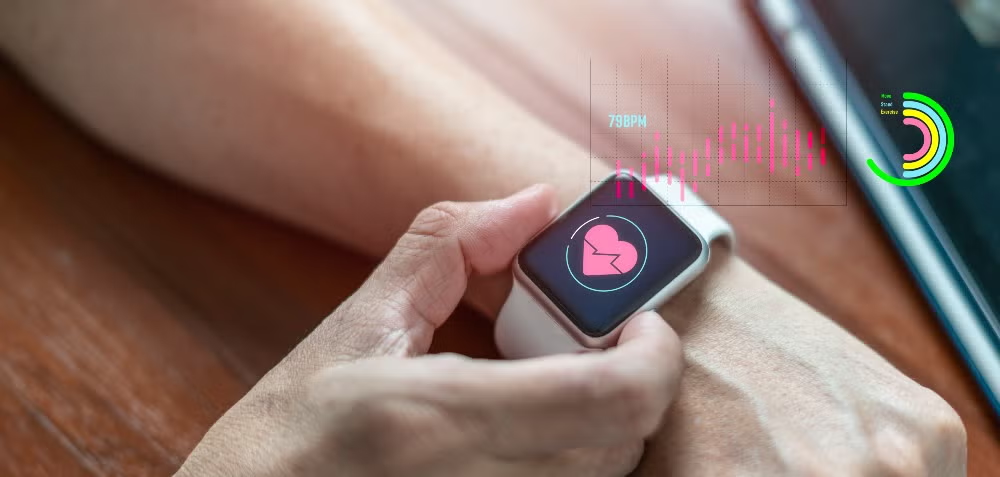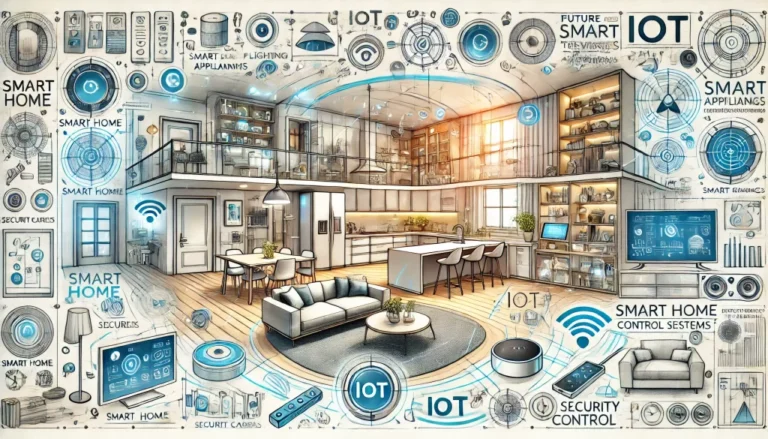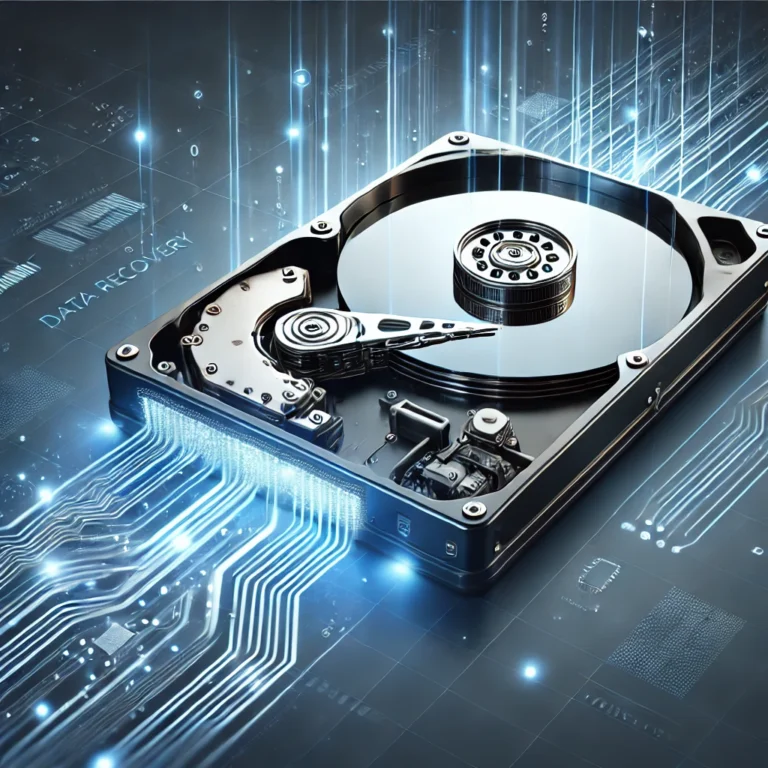The Future of Wearable Technology and Health Monitoring: A Deep Dive
Wearable technology has undergone a remarkable transformation over the past decade. Initially viewed as a novelty, wearables have evolved into powerful tools for personal health monitoring and wellness enhancement. From smartwatches and fitness trackers to biosensors and even smart textiles, wearable health technology is revolutionizing the healthcare landscape. In this comprehensive blog, we’ll explore the evolution, benefits, challenges, applications, and the promising future of wearable health tech, diving deep into its impact on personal health and global healthcare systems.
1. Introduction to Wearable Technology
Wearable technology refers to electronic devices that can be worn on the body to collect and deliver data. These gadgets often come equipped with sensors capable of monitoring various physiological parameters, such as heart rate, temperature, oxygen levels, and activity levels. Initially designed for fitness enthusiasts, wearables are now being used for chronic disease management, early diagnosis, mental health tracking, and even remote patient monitoring.
2. A Brief History of Wearables in Health
The journey of wearable health technology began in the early 2000s with basic pedometers and heart rate monitors. The launch of the Fitbit in 2009 marked a significant milestone, offering users the ability to track daily steps, sleep, and physical activity. The arrival of the Apple Watch in 2015 added a new layer of functionality with ECG monitoring and later, blood oxygen tracking. Since then, wearable tech has become increasingly sophisticated, integrating with AI and cloud computing to provide actionable health insights.
3. Types of Wearable Health Devices
- Fitness Trackers: Monitor steps, activity, calories burned, and sleep patterns.
- Smartwatches: Provide a broader range of functionalities including ECG, blood oxygen, and stress monitoring.
- Wearable ECG Monitors: Designed for people with heart conditions to detect arrhythmias and provide real-time data.
- Blood Pressure Monitors: Wrist-worn devices that measure systolic and diastolic pressures.
- Biosensors: Small devices placed on the skin to monitor glucose levels, hydration, and temperature.
- Smart Clothing and Textiles: Embedded with sensors to monitor movement, temperature, and muscle activity.
4. Benefits of Wearable Health Technology
a. Early Detection and Prevention
Wearables can detect irregular patterns in heart rate or oxygen levels, alerting users to potential health issues before symptoms manifest. For example, the Apple Watch has been credited with detecting atrial fibrillation in users, prompting them to seek medical help.
b. Chronic Disease Management
Patients with chronic conditions like diabetes, hypertension, and heart disease can monitor their vital signs and medication adherence in real time, reducing hospital visits and improving quality of life.
c. Enhanced Fitness and Wellness
Fitness enthusiasts use wearables to optimize their workouts, track progress, and maintain motivation. They can monitor their sleep quality, recovery time, and even hydration levels.
d. Personalized Healthcare
With continuous data collection, healthcare providers can develop personalized treatment plans based on a patient’s lifestyle, habits, and real-time health data.
e. Remote Patient Monitoring
Especially significant during the COVID-19 pandemic, wearables enabled healthcare providers to monitor patients remotely, reducing the strain on healthcare facilities and minimizing exposure.
5. Applications in Real-World Scenarios
a. Cardiovascular Health
Devices like the Apple Watch and Fitbit offer ECG features, helping users monitor their heart rhythms. These tools can alert users to signs of arrhythmia or atrial fibrillation.
b. Diabetes Management
Continuous glucose monitors (CGMs) like the Dexcom G6 and FreeStyle Libre allow diabetic patients to track glucose levels without frequent finger pricks. Data from these devices can be shared with doctors for real-time adjustments.
c. Sleep Disorders
Devices like Oura Ring and WHOOP Band analyze sleep stages and disturbances, helping users improve their sleep hygiene and identify issues like sleep apnea.
d. Mental Health Monitoring
Some wearables now track stress levels using heart rate variability (HRV) and galvanic skin response (GSR). Combined with apps, these tools can offer meditation and breathing exercises to reduce stress.
e. Elderly Care
Smartwatches with fall detection, medication reminders, and emergency alert systems offer peace of mind for families and greater independence for seniors.
6. Integration with Healthcare Systems
Hospitals and clinics are increasingly integrating wearable data into Electronic Health Records (EHRs), enabling more informed clinical decisions. AI and machine learning algorithms process this data to predict health outcomes, optimize treatments, and reduce hospital readmissions.
7. Challenges and Limitations
a. Data Accuracy
While wearables are increasingly accurate, they may still produce false positives or fail to detect subtle changes. Calibration and validation against medical-grade equipment remain a challenge.
b. Privacy and Security
Wearables collect sensitive health information. Ensuring secure data transmission and compliance with regulations like HIPAA and GDPR is essential.
c. User Compliance
Not all users wear their devices consistently or correctly, which can affect data reliability. Battery life and comfort are also critical factors.
d. Cost and Accessibility
Advanced wearable tech can be expensive and may not be covered by insurance, limiting access for lower-income individuals.
e. Regulatory Hurdles
The classification of wearables as medical devices requires rigorous approval from regulatory bodies like the FDA, slowing down innovation and deployment.
8. The Role of AI and Big Data
Artificial Intelligence plays a critical role in wearable health tech. AI can analyze vast amounts of data generated by wearables to identify patterns and provide predictive insights. For instance, machine learning models can predict potential cardiac events by analyzing ECG data trends over time.
Big Data analytics allows healthcare systems to monitor population health, track disease outbreaks, and optimize resource allocation. As wearable adoption grows, the volume of health data generated will drive the next wave of innovations in personalized medicine.
9. Future Trends in Wearable Health Technology
a. Advanced Biosensors
The next generation of wearables will include non-invasive biosensors capable of measuring blood glucose, hydration, and even biomarkers for cancer detection.
b. Smart Implants
Beyond wearables, the future includes smart implants that continuously monitor internal organs and systems, sending data directly to physicians.
c. Personalized AI Coaches
AI-driven health assistants will offer real-time advice on diet, exercise, and medication, making health management more interactive and dynamic.
d. Integration with Augmented Reality (AR)
Healthcare professionals could use AR wearables for real-time patient monitoring during surgeries or remote consultations.
e. Greater Interoperability
Improved data standards will enable wearables to integrate seamlessly with EHRs, third-party apps, and healthcare platforms.
10. Conclusion
Wearable technology has already made a profound impact on how individuals engage with their health. As the technology becomes more sophisticated, accessible, and integrated with the broader healthcare ecosystem, its potential to transform preventive care, chronic disease management, and personalized medicine will only grow. By addressing current limitations and focusing on innovation, wearable health tech is poised to become a cornerstone of 21st-century healthcare.
Whether you’re a tech enthusiast, a healthcare professional, or someone simply interested in taking charge of your health, staying informed about wearable health technology will empower you to make better choices and embrace the future of healthcare with confidence.






